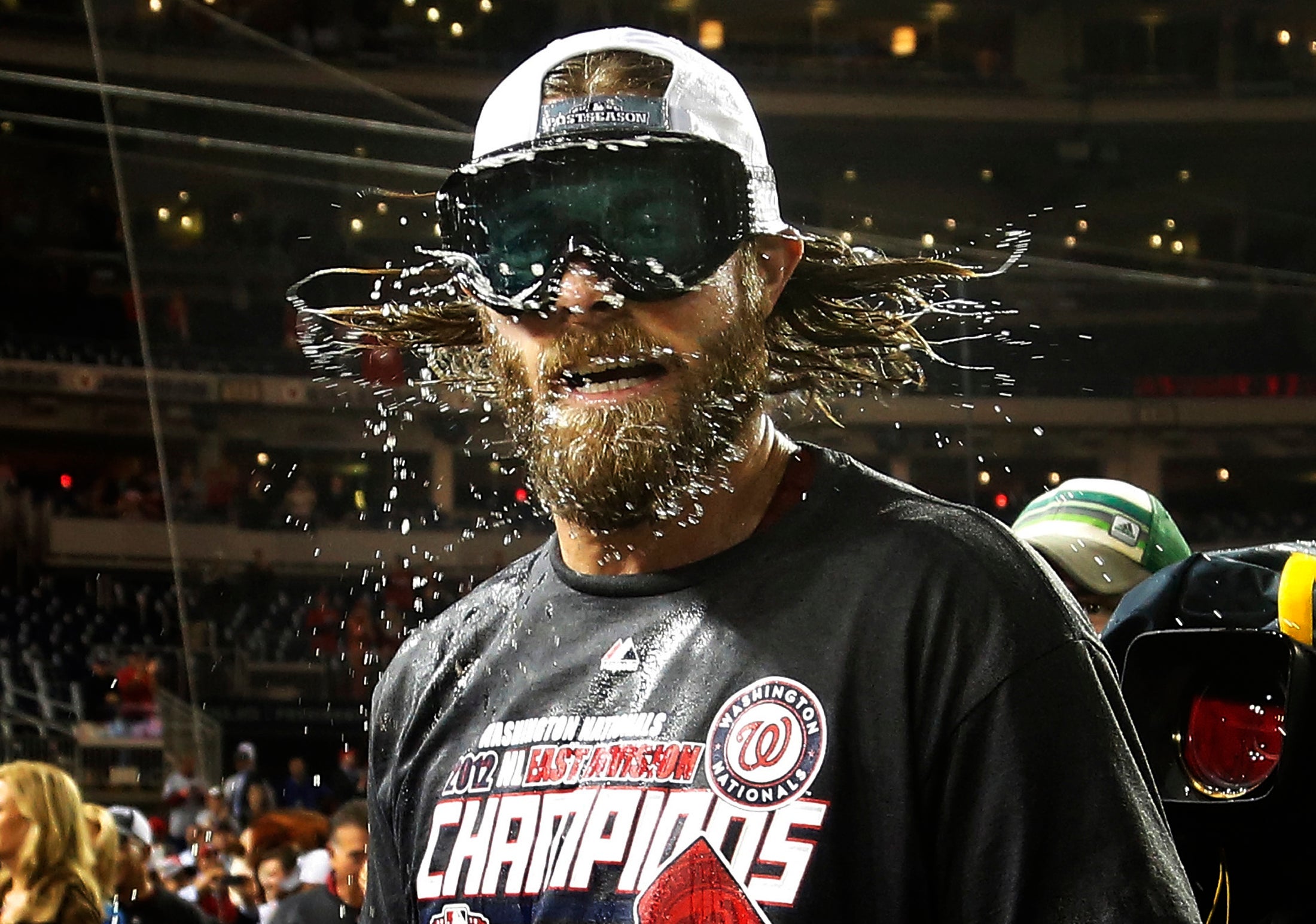Scientists warn we've hit 'peak beard': The more people grow facial hair, the less attractive it is
Hipster beards meet evolutionary biology: Researchers say 'negative frequency-dependent selection' is making beards less attractive

Your support helps us to tell the story
From reproductive rights to climate change to Big Tech, The Independent is on the ground when the story is developing. Whether it's investigating the financials of Elon Musk's pro-Trump PAC or producing our latest documentary, 'The A Word', which shines a light on the American women fighting for reproductive rights, we know how important it is to parse out the facts from the messaging.
At such a critical moment in US history, we need reporters on the ground. Your donation allows us to keep sending journalists to speak to both sides of the story.
The Independent is trusted by Americans across the entire political spectrum. And unlike many other quality news outlets, we choose not to lock Americans out of our reporting and analysis with paywalls. We believe quality journalism should be available to everyone, paid for by those who can afford it.
Your support makes all the difference.After years in the cultural ascendancy, covering all manner of faces from Hollywood to hipster-ville, it seems that the beard’s day in the sun might finally be over.
A new study published in the journal Biology Letters suggests that we might have reached ‘peak beard’, with the overwhelming popularity of facial hair meaning that the beard is no longer unusual enough to be attractive.
Researchers from the University of New South Wales found that when test subjects were shown a succession of clean-shaven men followed by individuals sporting anything from light stubble to Charles Darwin-style face-clouds, it was the second group that rated more attractive.
However, the opposite was also true, and when the test subjects (comprising of 1,453 heterosexual or bisexual women and 213 heterosexual men) were shown a succession of photos of men with facial hear, it was the un-bearded individuals that were deemed better looking. Novelty, it seems, is a key determinant in the attractiveness of beards.
Studies of historical beard-wear support this thesis, with different styles waxing and waning in popularity. In 1853 the most popular form of facial hair was a pair of sideburns, but this was superseded by the sideburns-and-moustache look in 1877. By 1892 full beards were most popular, with moustaches then peaking between 1917 and 1919.
This phenomenon is also known as “negative frequency-dependent selection” and can explain how populations maintain a certain amount of diversity despite natural selection constantly filtering out characteristic to find the most apt set of traits.
For example, when non-poisonous butterflies adopt colour patterns to look like their poisonous brethren, birds will avoid the mimics because of their previous experience with the poisonous ones. However, when the non-poisonous butterflies become more prevalent, birds are less likely to have had a ‘bad experience’ with that colouring and the advantage is lost.
The researchers from New South Wales found that the same mechanism was in place with beard attractiveness – although in this case the traits are not sexually selected, but behavioural instead.
Speaking to the Guardian, researcher Robert Brooks said “It appears that beards gain an advantage when rare, but when they are in fashion and common, they are declared trendy and that attractiveness is over.”
“These trends usually move in 30-year cycles from when they are first noticed but, with the internet, things are moving a lot faster,” said Brooks. “If guys aren’t getting any joy with their beards, they will quickly change.”
Join our commenting forum
Join thought-provoking conversations, follow other Independent readers and see their replies
Comments